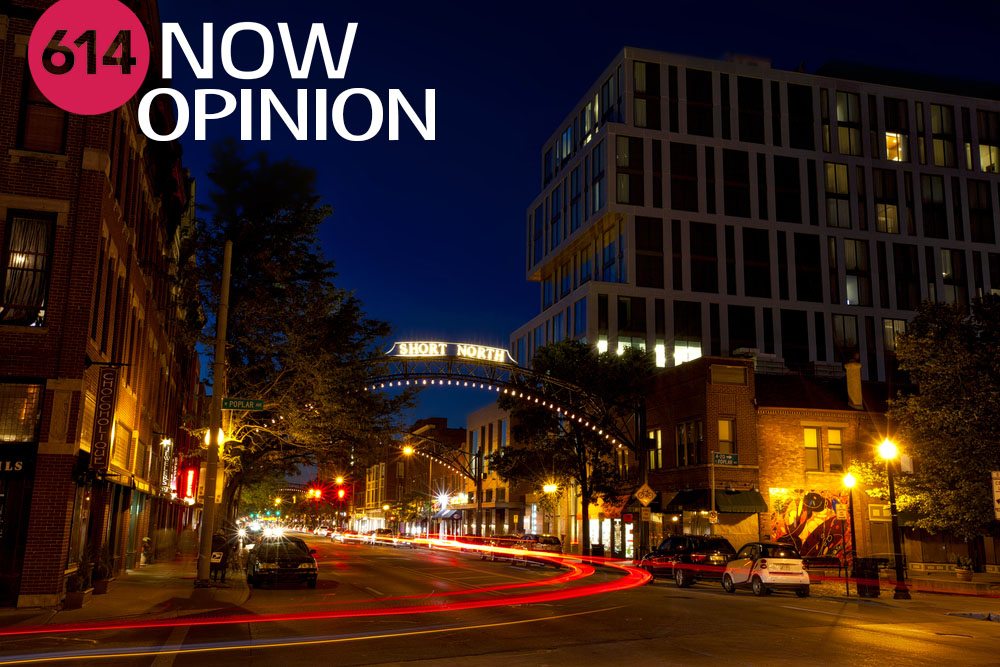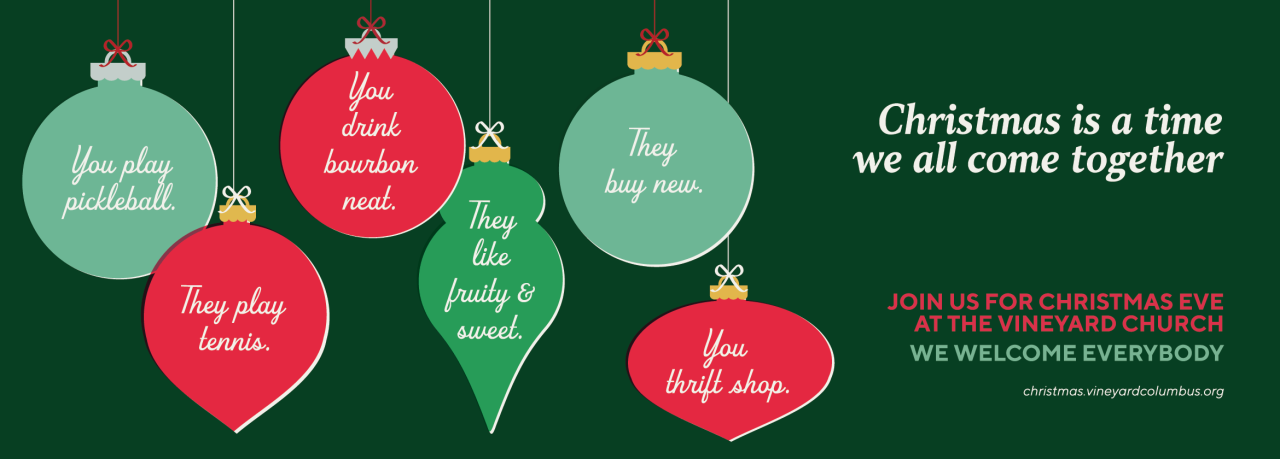Short North’s Imaginary Parking Problem

Short North’s Imaginary Parking Problem
by Josh Quinn
My wife and I have owned a shop called Tigertree in the Short North for the past ten years and opened a second store called Cub Shrub just over a year ago. We absolutely love our neighborhood. It’s the reason our six month stopover from our old home in LA to our new home on the east coast turned into 10 years and hopefully many more. I have an admittedly unpopular opinion; I don’t actually think the Short North has a parking problem. I believe we actually have a perception problem.
I’ve heard the same two sided parking argument over the last decade. On one side you have the person who claims it is impossible to park and isn’t worth it — on the other side you have the person who claims it never takes more than 5-10 minutes and doesn’t get what the fuss is about.
Anecdotally yes — there are rare times that meters are bagged for a race and it forces visitors to navigate our, albeit confusing, off-street options (that is to say, streets that aren’t N. High st.) Our city has become so much more responsive in the past few years ensuring bags come off of meters as quickly as possible, I mean it’s often following the end of a race or parade.
We’ve had three garages (The Hub, The Joseph, and the Convention Center) open in the last three years adding nearly 1,500 parking spaces where one can always find inexpensive, centrally located parking. There are two more public parking garages slated to open in the next 18 months. And if you just cannot stomach the thought of paying for a garage, a few blocks walk from Neil or Summit will all but guarantee you a permit and meter free spot. There are dozens of other pockets of available daytime parking and several other pay-lots that sit empty virtually all day, not to mention over 900 parking meters both on and off of High Street. Not to mention the C-Bus, a COTA service that connects to virtually every other corner of the city, and a plethora of other transit options (car2go, Uber, Lift, COGO, etc.)
Now obviously I only have my own experiences and those of customers, friends and other business owners to go on. I am not suggesting that we don’t have any parking woes, only that we need to think of access to parking in a downtown neighborhood as a relative concept. The reason we have so many amazing small businesses is because we are not wasting valuable square footage on parking decks that sit empty half the time. We should start considering how our parking compares to other neighborhoods and districts rather than the way it used to be or the way it is outside the belt where space is less of a premium.
My best guess for this misconception is that it’s a mix of the growing pains of a rapidly expanding neighborhood within a rapidly growing city that has been historically car focused. Which, I’ll add, is totally understandable. I get how districts in places like LA easily attract visitors more willing to walk longer distances (that’s perfect weather for ya’.) I get how Chicago or New York districts attract visitors willing to walk further because they likely weren’t parking a car to begin with. I’d also guess that the “arrival switch” gets more easily flipped the less a place feels like home — that’s to say the more you know a place the more aware you are of the distance between a parking spot and your destination; so parking at a mall or shopping district in a different city makes it easier to feel like you’ve arrived once you enter the district or shopping center. It’s all perception.
It’s been a great joy being a part of this incredible neighborhood and seeing the dramatic transformation just since we have been in business. There are things I miss that are gone and things that I feel improved. We’ve heard qualms about parking since we opened our doors and they’ll probably be said no matter what measures we take to address them until perceptions shift towards parking in the urban core.
At the end of the day Columbus is an incredible city and deserves to make all of those national best of lists — but that just means more people will want to be here and we’ve got to ask ourselves how do we fix a problem that isn’t real?
Analyze how much of a problem it really is.
BROUGHT TO YOU BY




